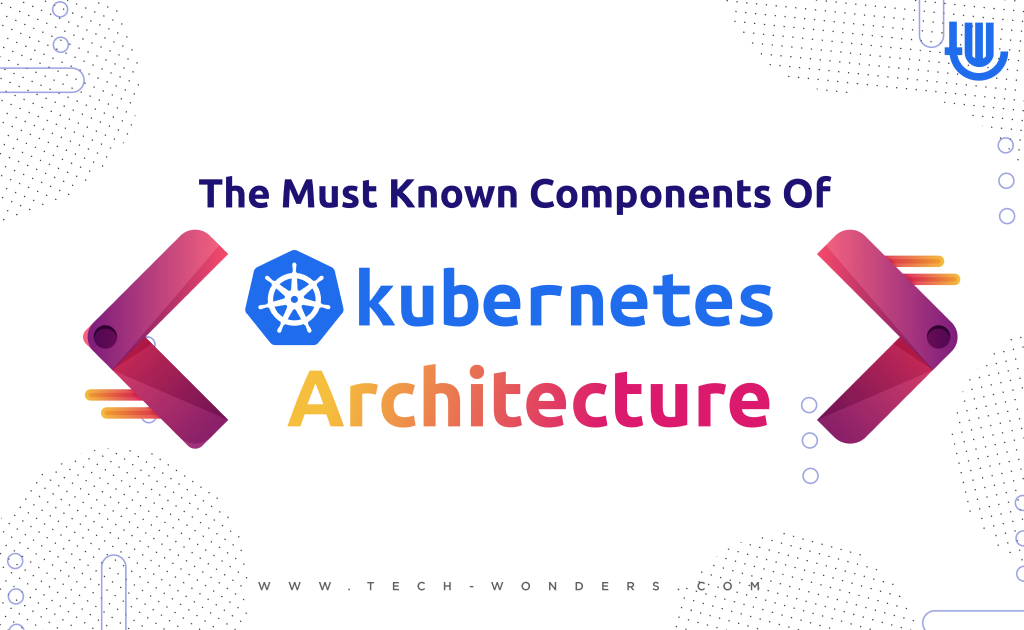
The notion of using Kubernetes architecture is a foreign concept to many, and most people have probably never even heard of it before now. However, once one understands this technology and its role in managing and scaling applications, it becomes clear that Kube is here to stay. To bring yourself up to speed on what Kubernetes architecture can do, it’s best to learn the essential components of this system.
The main components of Kubernetes architecture
While knowing these components is a good start, learning how to use them is also crucial to your success. For example, knowing all of the Kubernetes anatomies in the world won’t help you if you don’t unify your clusters with tools like this. That said, a Kubernetes road map is foundational. Here are some of the basic components of Kubernetes architecture:
- Pods
- Nodes
- Containers
- Clusters
Now that you know the names of these components, it’s time to add some straightforward descriptions for each of them. After reading, you’ll have a more in-depth knowledge of the complexities of Kubernetes architecture.
Containers in Kubernetes architecture
In the simplest sense, Kubernetes architecture is one way to run cloud-native applications. Each of those applications consists of what are called containers. Those containers are aptly named because they hold all of the code, libraries, and other essential information related to the app.
By packaging all vital information in a container, applications become far more shareable than before. That allows for far greater collaboration between colleagues and teammates and makes testing an app on different platforms and machines more straightforward.
The role of Kubernetes architecture is to create, manage, and scale those containers efficiently. While some apps don’t need much scaling, others need room to grow, and that is where Kubernetes architecture and its various components come into play.
Pods: a collection of containers
In Kubernetes architecture, a pod is nothing more than a group of one or more containers. Those containers must share essential pieces of information to exist in the same pod. For instance, each container needs to have the same IP address, networking, and port space.
Organizing containers into a single pod makes it easier for each container to communicate and share information with the others. But the way pods operate can be somewhat complicated as well. For instance, pods have multiple phases that they can be within at any time:
- Pending
- Running
- Succeeded
- Failed
In most cases, pods come into existence of their own accord based on the settings that the administrator has set. Pods are also somewhat short-lived entities. Once pods complete their primary task, the system terminates them.
What are nodes in Kubernetes architecture?
The following components in Kubernetes architecture that you should know about are nodes. All nodes in a system belong to one of these two categories: master nodes and minion nodes.
Minion nodes are crucial to the operation of Kubernetes architecture, and in some sense, they are where the rubber meets the road. A minion node is a machine on which the Kubernetes system is installed. This machine’s responsibility is to launch all of the containers related to your cloud-native app into the Kubernetes architecture.
If you can imagine the hierarchy of components above, picture master nodes being towards the top. While minion nodes are fundamental to launching applications in Kubernetes, master nodes play a more organizational role by managing clusters.
Cluster: a set of nodes
The term cluster in Kubernetes architecture refers to a set of multiple nodes. Remember that a node is nothing more than a machine that launches your application. But only having one of those minion nodes is not enough to ensure smooth use and operation of your applications.
If your architecture relies on a single machine, then anytime that machine is down, your application will be down as well. Clusters act as a failsafe for those instances by grouping multiple nodes in the same way a pod clusters containers together.
When one node is down within a cluster, another node will take over to ensure that your application can continue to run. Since the containers within a node are accessible to all nodes in a cluster, the odds of your app failing are much lower.
This system of grouping elements together is the core concept of what makes Kubernetes architecture so useful when managing and scaling cloud-native apps. Each of those elements plays a unique role in helping others succeed in their tasks. You can imagine the Kubernetes hierarchy as a Russian nesting doll, with clusters on the outside and containers at the centermost layer.
Last thoughts
The world of Kubernetes architecture can appear complex and daunting at first. But like any technology, this system only consists of a few simple components. Understanding those components, what they do, and how they interact is the first step towards mastering Kubernetes architecture.